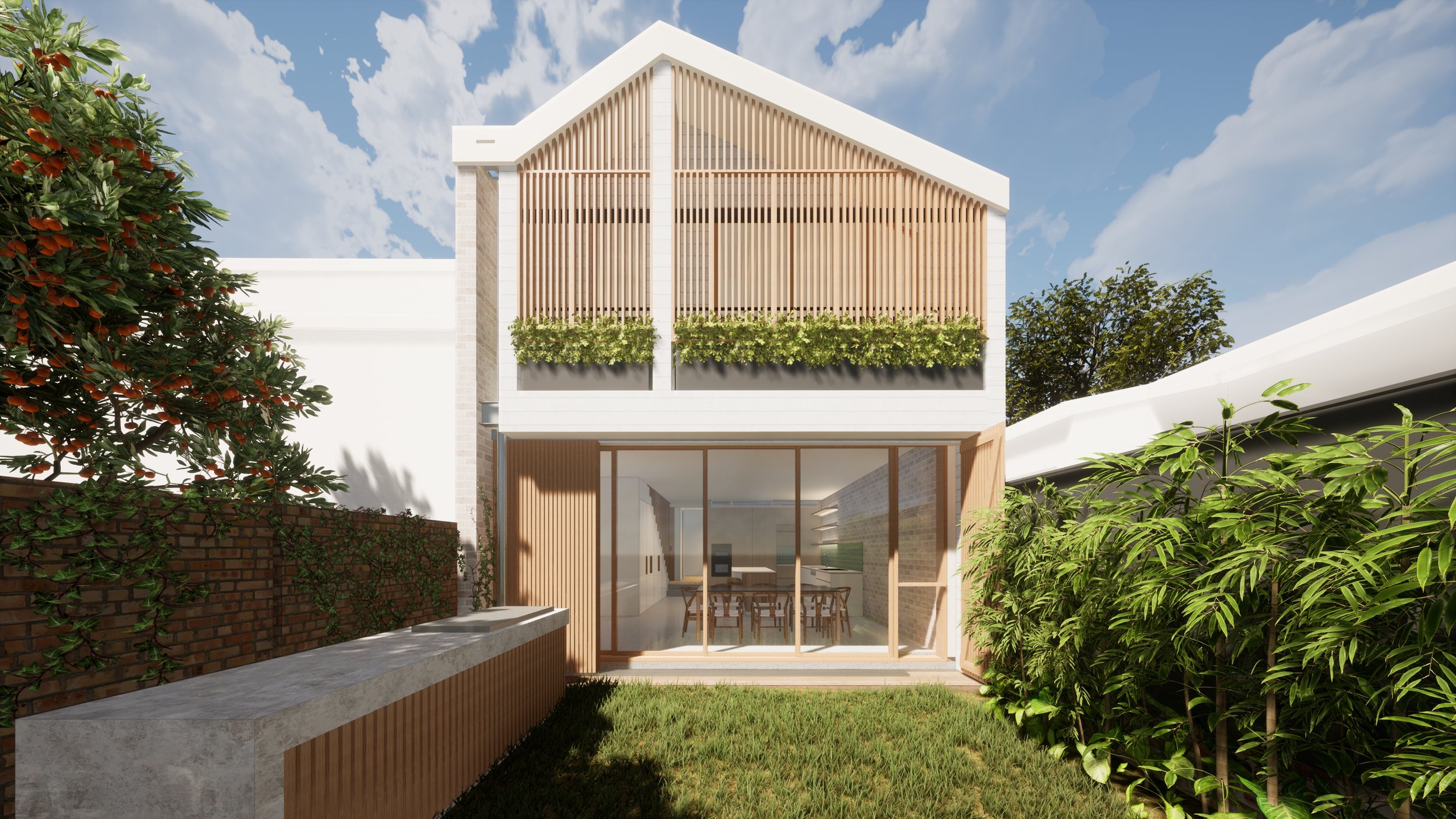Sustainable Cooling for Australian Homes: How Comfort, Health & Efficiency Coexist
When summer hits, and the house is hot, it’s easy to be trapped in feeling that there are only two options: be uncomfortable but feel green on the inside or install and crank aircon and feel like you’re wrecking the planet. It’s a false dilemma fuelled by the polarising debate between climate sceptics who want you to think that sustainability means discomfort and pain and eco purists who say that AC is evil.
Both are outdated myths. The reality is that a comfortable, sustainable, and healthy home can be all those things all at once.
In Sydney, even an accredited “Passivhaus”, the gold standard in sustainable homes, must have air conditioning. On the flip side, non-stop air con isn’t the healthiest solution, and it gets expensive. A better approach is a well-sealed and insulated home with good ventilation to prevent mould and keep air fresh. Central ventilation is especially critical during bushfire season when you may need to filter smoke.
It’s not about AC vs No AC; It’s about pulling the right levers to get a home that’s truly liveable, sustainable, and healthy.
Here’s what to combine with air conditioning to optimise your home’s health, comfort, and sustainability:
Sealing - Start with the small stuff
If you only do one thing this summer, seal your house.
Most Sydney homes leak cool air faster than the aircon can produce it, especially older ones with double-hung windows that have lost their seals. Replace worn seals, fit draught stoppers, and close the gaps under doors and skirtings. These are small inexpensive fixes that make a big difference. The single biggest bang for your buck.
Keep the sun off your glass
If you do two things, add shading to any glass that cops the sun. Around 80% of heat gain comes through windows, so a little attention here goes a long way. Double glazing is optimal. But a simple awning, external shutter or hood that stops solar radiation hitting the glass makes a huge difference.
Replace Old Skylights
If you’ve got skylights, consider swapping fixed ones for openable versions. The latest models are double-glazed, solar-powered, have air-tight seals and are easy to install. No wiring, no mess. When a cool change arrives, open them to release heat and create a natural chimney effect.
Ventilation and Bushfire smoke
Good ventilation is one of the most overlooked ways to make a home feel fresher in summer.
Central systems draw out damp air and pipe filtered fresh air into living spaces and bedrooms. If ducted isn’t possible, a smaller, paired fan system oscillates air between the front and back of the house. Their built-in heat exchangers let you enjoy fresh air without losing (or gaining) heat.
Filtration in these systems is particularly valuable in Sydney, where bushfire and backburn smoke are real concerns. Swapping in smoke filters when air quality drops can make a real difference for people with asthma or sensitivities.
Don’t underestimate the humble ceiling fan
For those who can’t stand the chill (or the cost) of air-conditioning, a ceiling fan can be a game-changer. It won’t lower the temperature, but by circulating air and easing humidity, the space will feel cooler without drying it out. Outdoors, they even help keep mozzies away.
Hot tip: invest in a quality fan and have it installed properly. A rattly, off-balance fan will still keep you awake, even when the heat doesn’t.
Wondering where to start? Ballast Point’s Sustainability Services can help assess how your home performs and identifies simple improvements that make a real difference.


